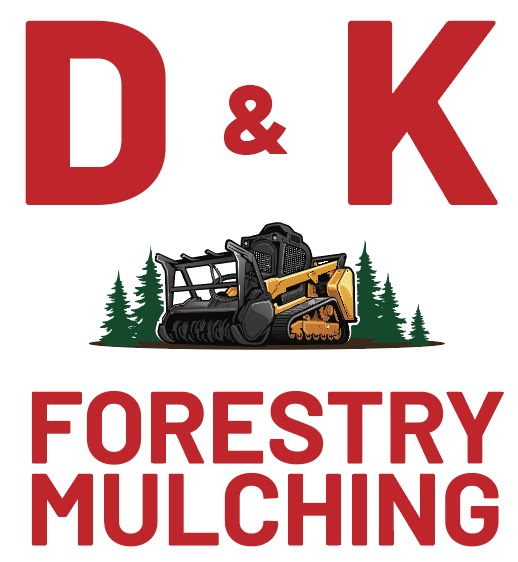Land clearing, simply put, is the process of removing trees, rocks, and other natural obstacles from a piece of land to make it suitable for different uses such as agriculture, pasture reclamation, and reforestation. While it seems simple, effective and responsible land clearing requires strategic planning and several best practices.
- Prioritization of Safety: It’s paramount to ensure both human and wildlife safety. Proper usage of protective gear, safe operation of heavy machinery, and taking care not to disturb animal habitats are important steps.
- Soil Erosion Control: Careful planning can minimize the potential for soil erosion. This might include the construction of silt fences or maintaining a buffer of vegetation around water bodies.
- Waste Management: Rather than burning or dumping the cleared materials, they can be recycled. Many trees and plants can be turned into mulch for landscaping or used as biomass fuel.
- Selective Clearing: Instead of clearing all vegetation, only clear what’s necessary. This practice is not only cost-effective but also helps maintain biodiversity.
- Legal Compliance: Always ensure that your land clearing actions comply with all local, regional, and national environmental and land use laws and regulations.

For more specialized uses of land, like pasture reclamation and reforestation, there are unique considerations:
- Pasture Reclamation: Healthy soil is vital for pasture land. Utilize practices such as composting and cover cropping to rejuvenate the soil. You may also consider rotational grazing, where livestock are moved around different pasture areas to prevent overgrazing.
- Reforestation: If your goal is to repopulate an area with trees, select native species that are appropriate for the local climate and soil conditions. Remember to use appropriate spacing to ensure the young trees have room to grow.
Land clearing is more than just removing obstacles; it’s about responsible land management. By following these best practices, you’ll not only make your land more productive, but also maintain a healthier, more sustainable environment.

